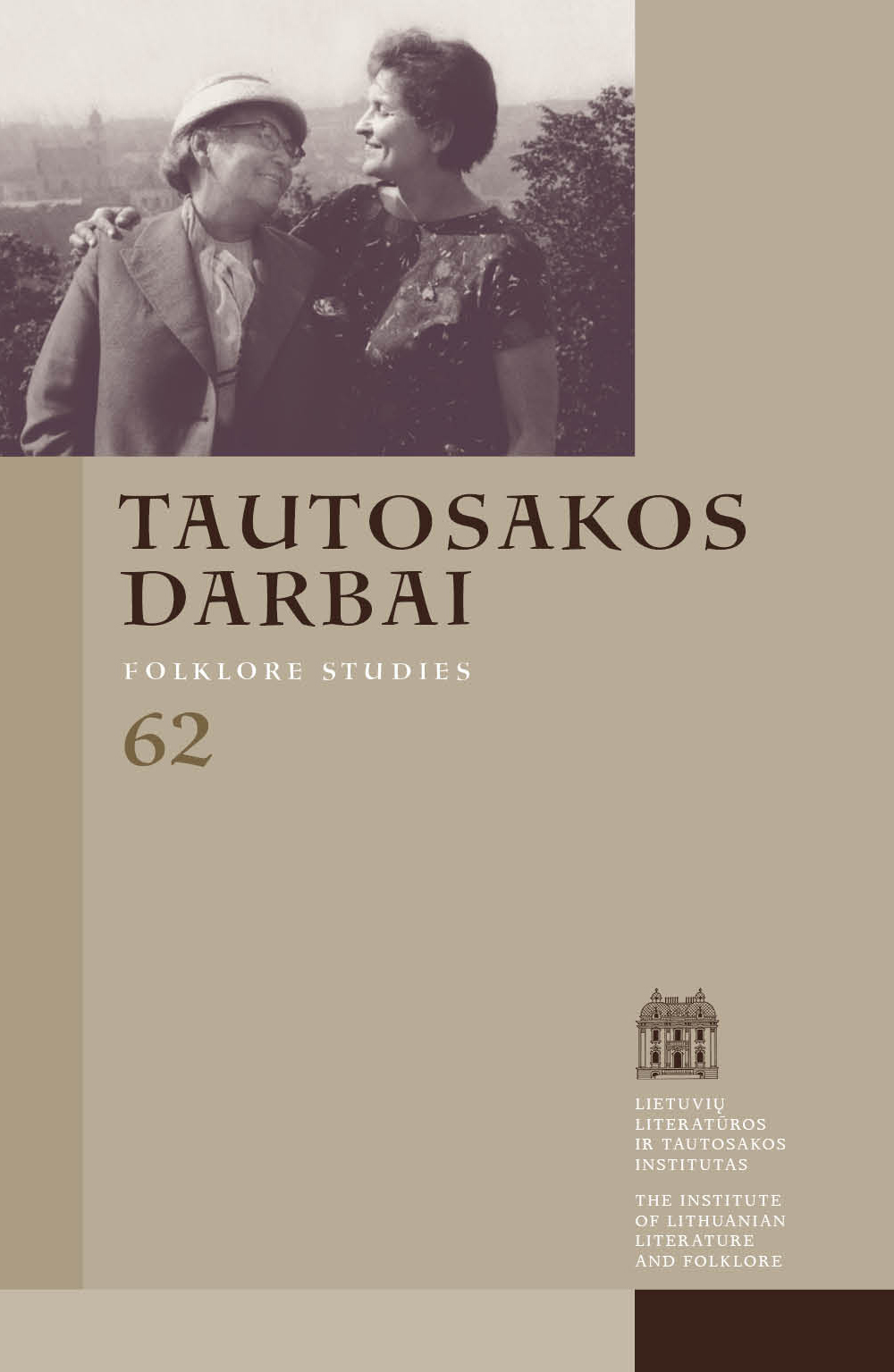Latvian Laumas: Reflections on the Witchisation of Tradition
Abstract
In Baltic languages, the word laume/lauma initially referred to a certain supernatural being (Lithuanian laumė, Latvian lauma/laume, Prussian *laume). The analysis of written sources and folklore related to this supernatural being allows for the conclusion that Lithuania is both the core and the relic area of the laumė tradition, where the original beliefs have been retained; while Latvia, located at the periphery of the tradition territory, is the innovation area, where the perception of this supernatural being was substantially transformed. It was humanised and incorporated in the witchcraft belief system prior to or during the period of witch persecution (the 16th to 18th centuries). The article attempts to analyse the corpus of lauma tradition in order to clarify its position in the historical typology of Latvian witchcraft beliefs. The first chapter briefly describes three chronological stages of the development of Latvian witchcraft beliefs (night, dairy, and diabolic witches), characterises the lauma folklore sources and previous research. The second chapter analyses the lauma text corpus and attempts to find out which stages of the historical typology of witchcraft beliefs are reflected in the lauma folklore of the 19th–20th centuries. In the third chapter the hypothesis about the transformation of laumas from supernatural beings to dairy witches is argued.
